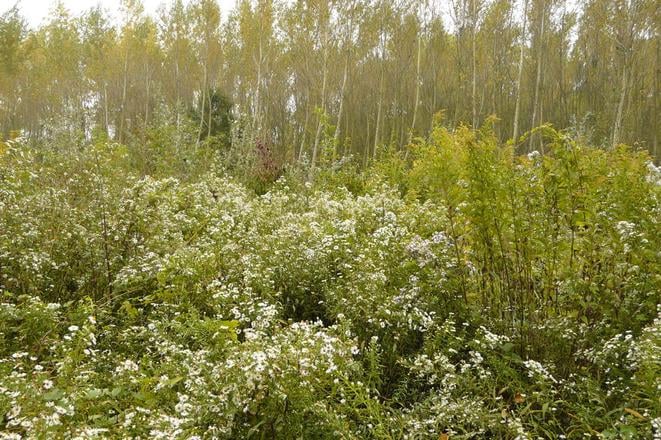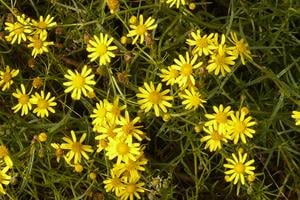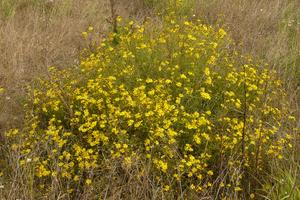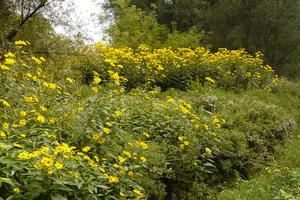What do Canadian goldenrod, New York aster and Black locust have in common? They are all beautiful, but alien plant species that behave so aggressively in Slovakia they even displace native species. The harm they cause is not only the extermination of rare and endangered plants, but they impact the economy and people’s health, said botanist Pavol Mereďa from the Institute of Botany at the Slovak Academy of Sciences (SAV).
Read in this interview:
What impacts the fall of the Iron Curtain in 1989 and the opening of borders has had on the spread of non-native and invasive plants
Why some goldenrods or ragworts are invasive and some not
Which invasive plants occurring in Slovakia are considered to be the most harmful
The Slovak Spectator (TSS): What impact do invasive plants have on nature?
Difference between alien and invasive plant species
Alien species are those plant species that did not arrive to Slovakia by natural processes, but by direct or indirect human influence
Invasive plants are only a small subset of alien species
In Slovakia, they make up about 5 percent of alien species
Invasive species are those alien plants whose behaviour is evaluated as aggressive - they enter natural communities and from there push out native species
Pavol Mereďa (PM): The basic negative consequence is that they push away native plant species from local ecosystems. They do this in a number of ways, for example by occupying their space or by luring their pollinators. Some invasive plants negatively influence the chemical composition of soil or rivers, and thus every living organism in them, from soil microorganisms, through the composition of insects bound to native plants to herbivores. The black locust is a good example, enriching the soil with nitrogen. Plants that prefer to grow in soil or water rich in nitrates then begin to grow in its vicinity. As a result, most of the native species will disappear from such a locality. Only those that can tolerate this new environment will be retained. In the end, native species gradually disappear from certain areas.
TSS: What other problems may invasive plants cause?



 Giant goldenrod and New York aster invading alluvial forest. (source: Courtesy of Pavol Mereďa)
Giant goldenrod and New York aster invading alluvial forest. (source: Courtesy of Pavol Mereďa)


